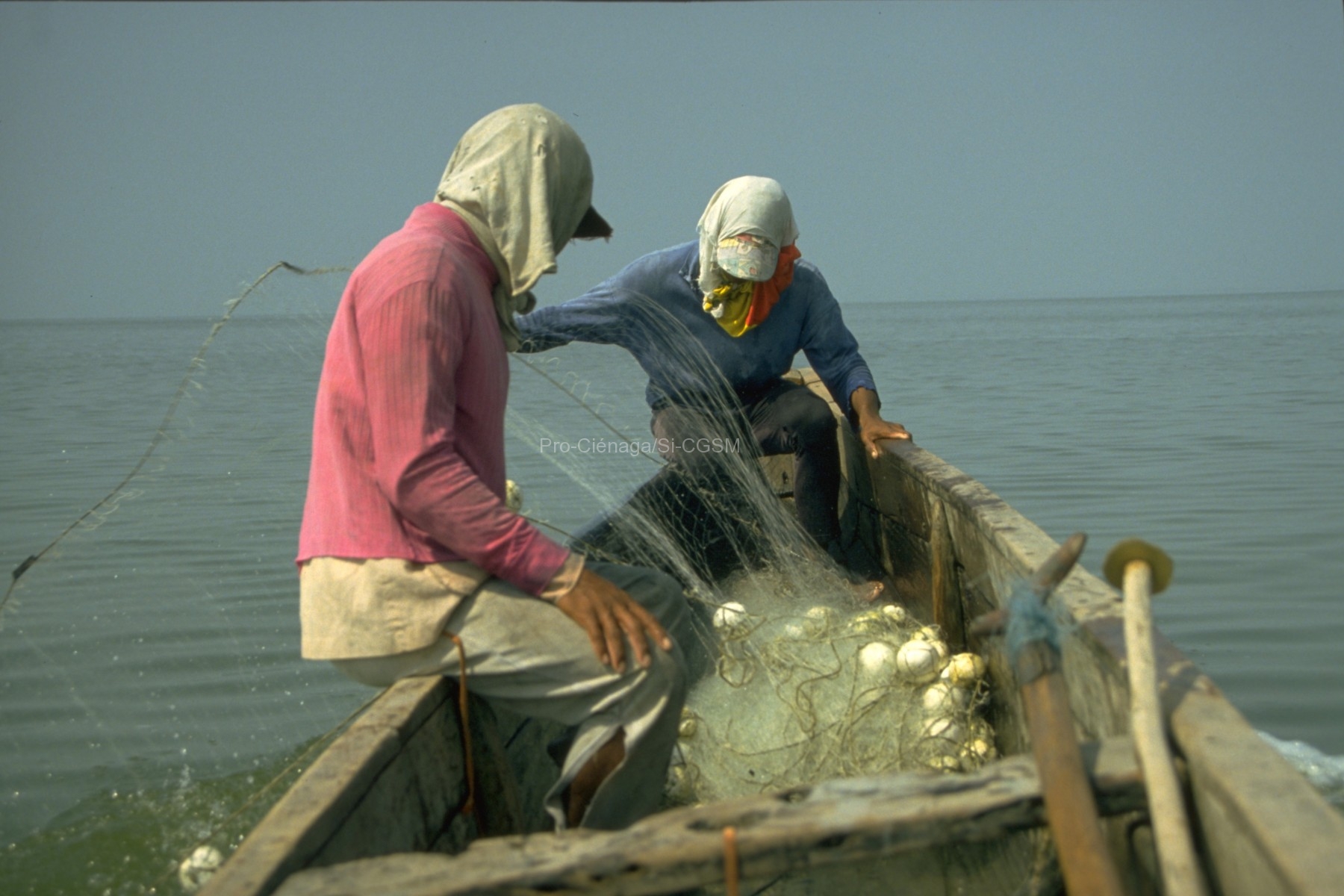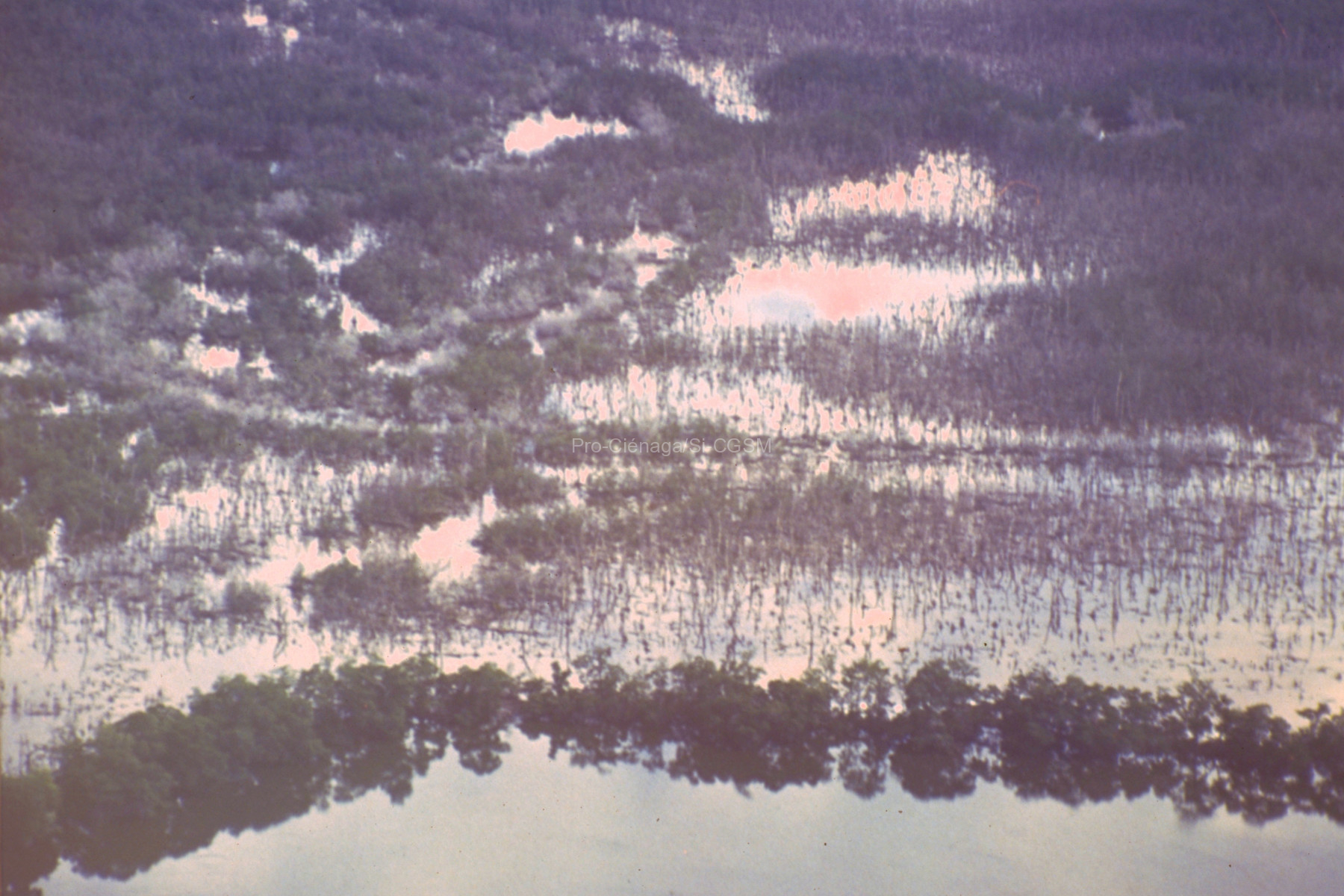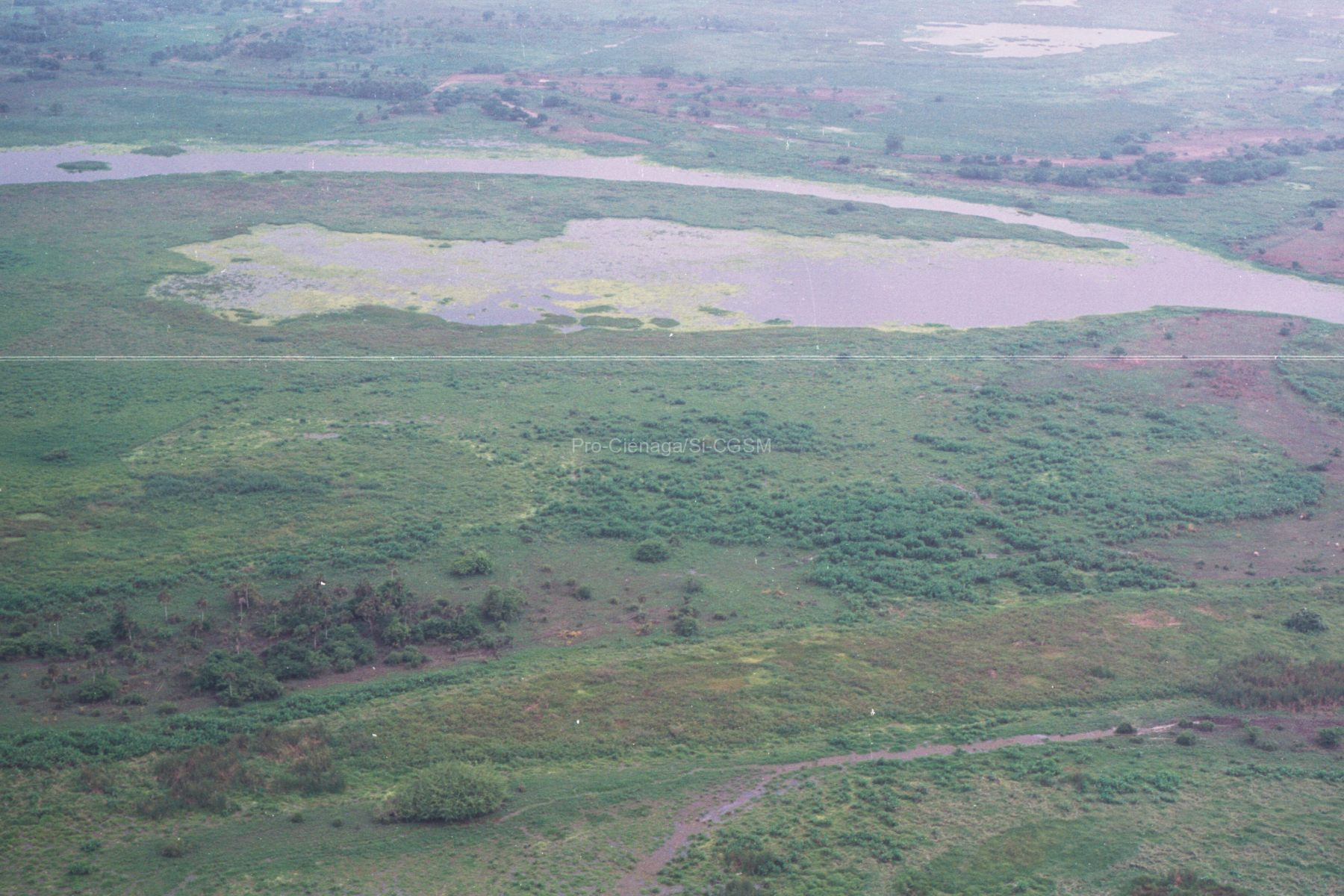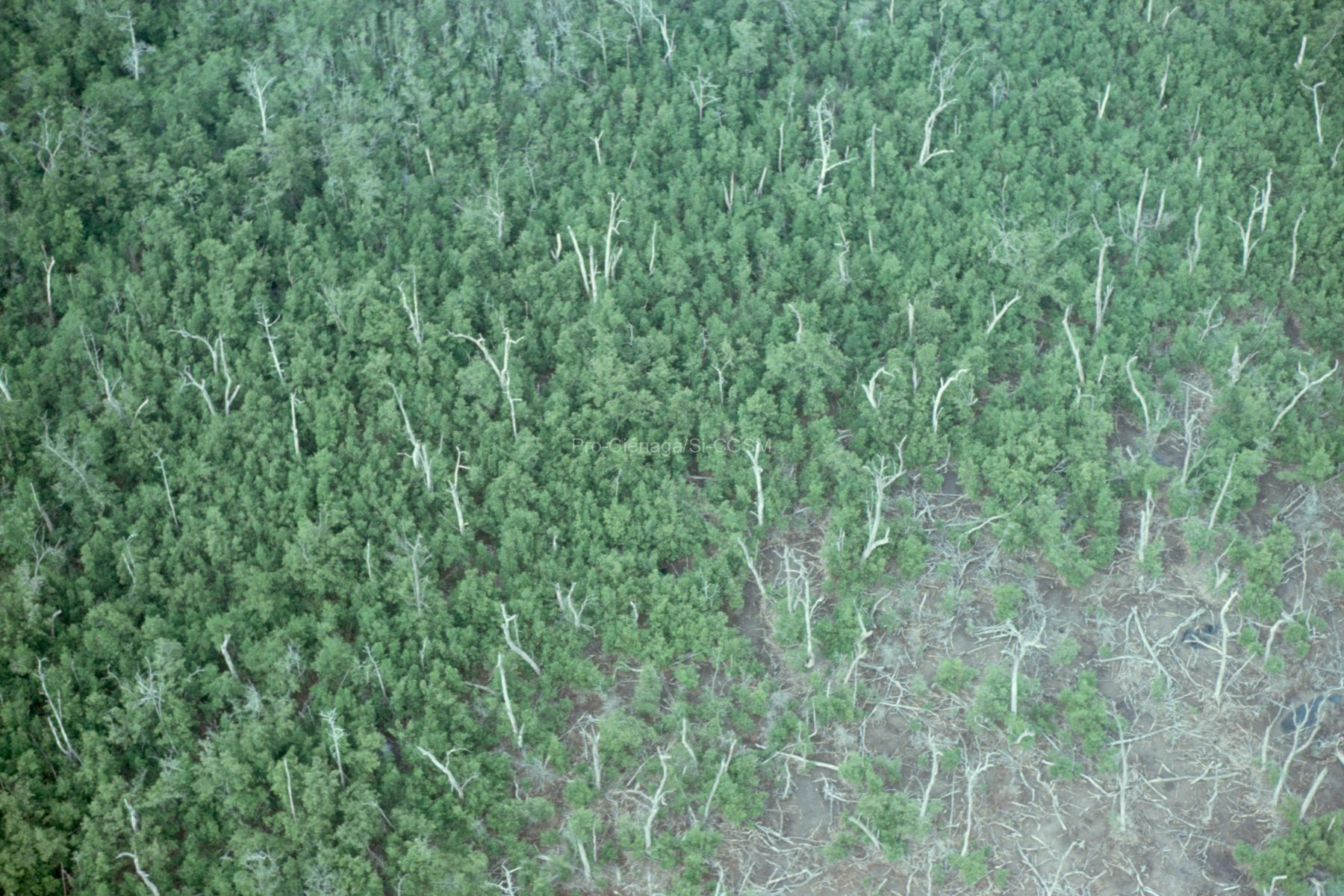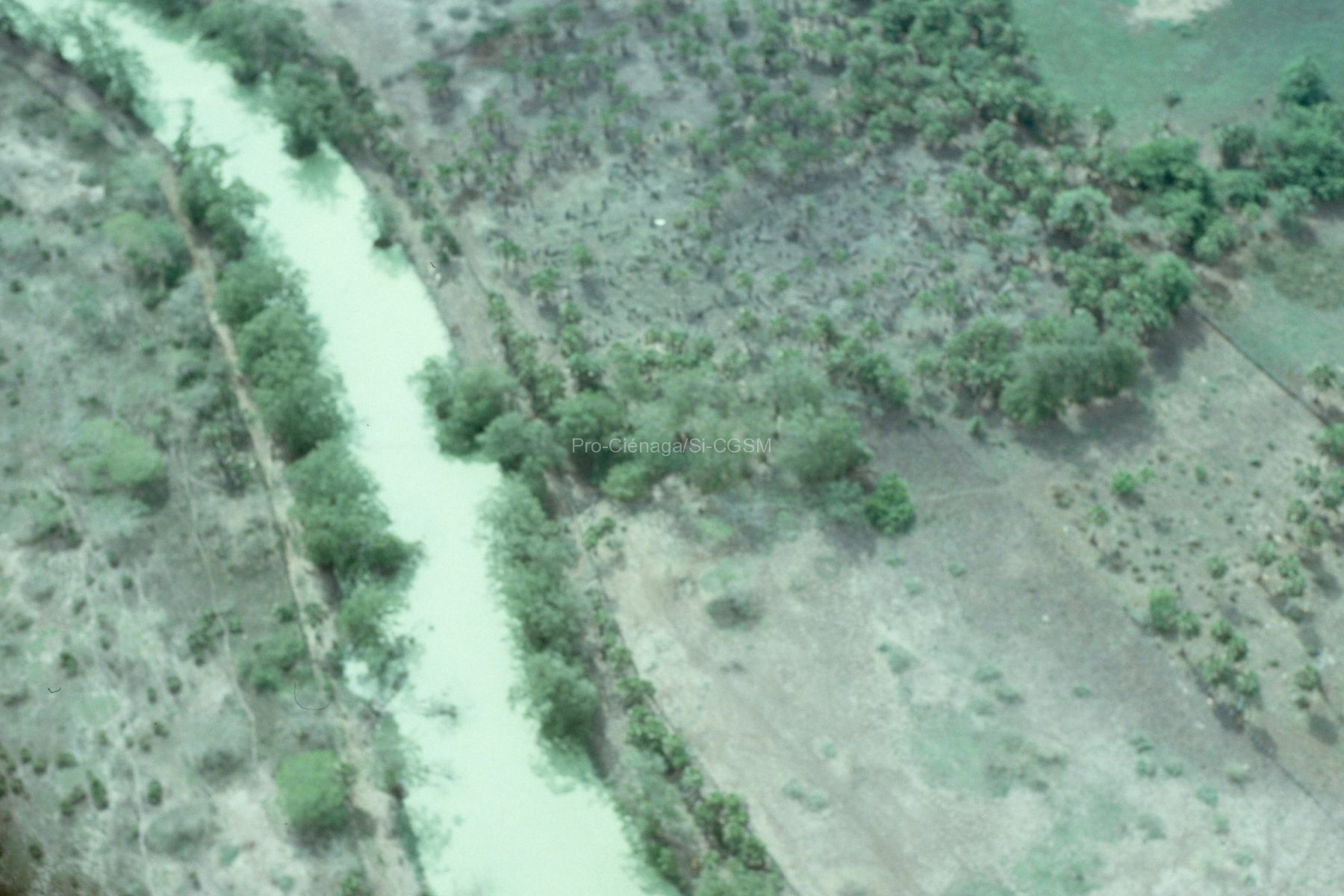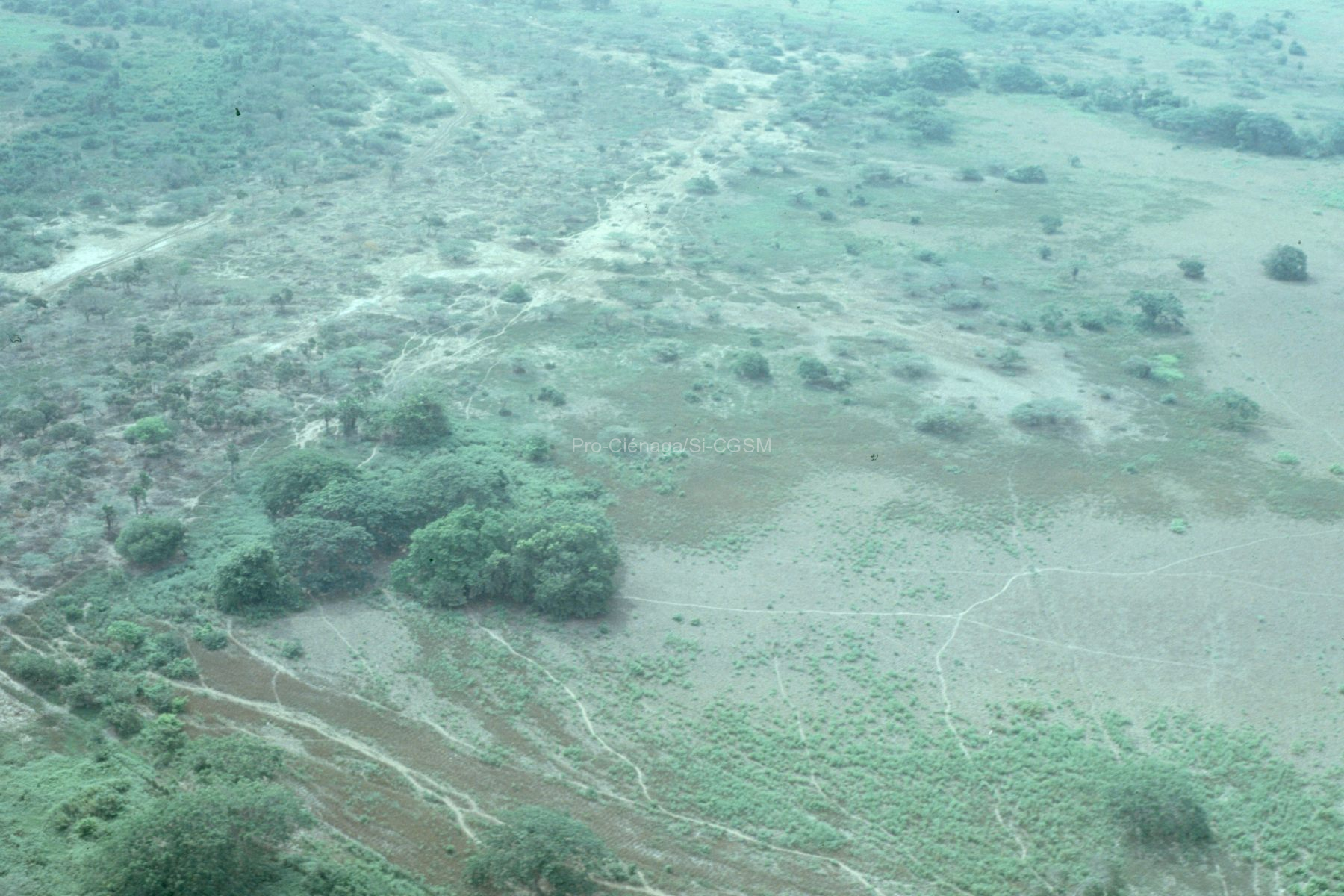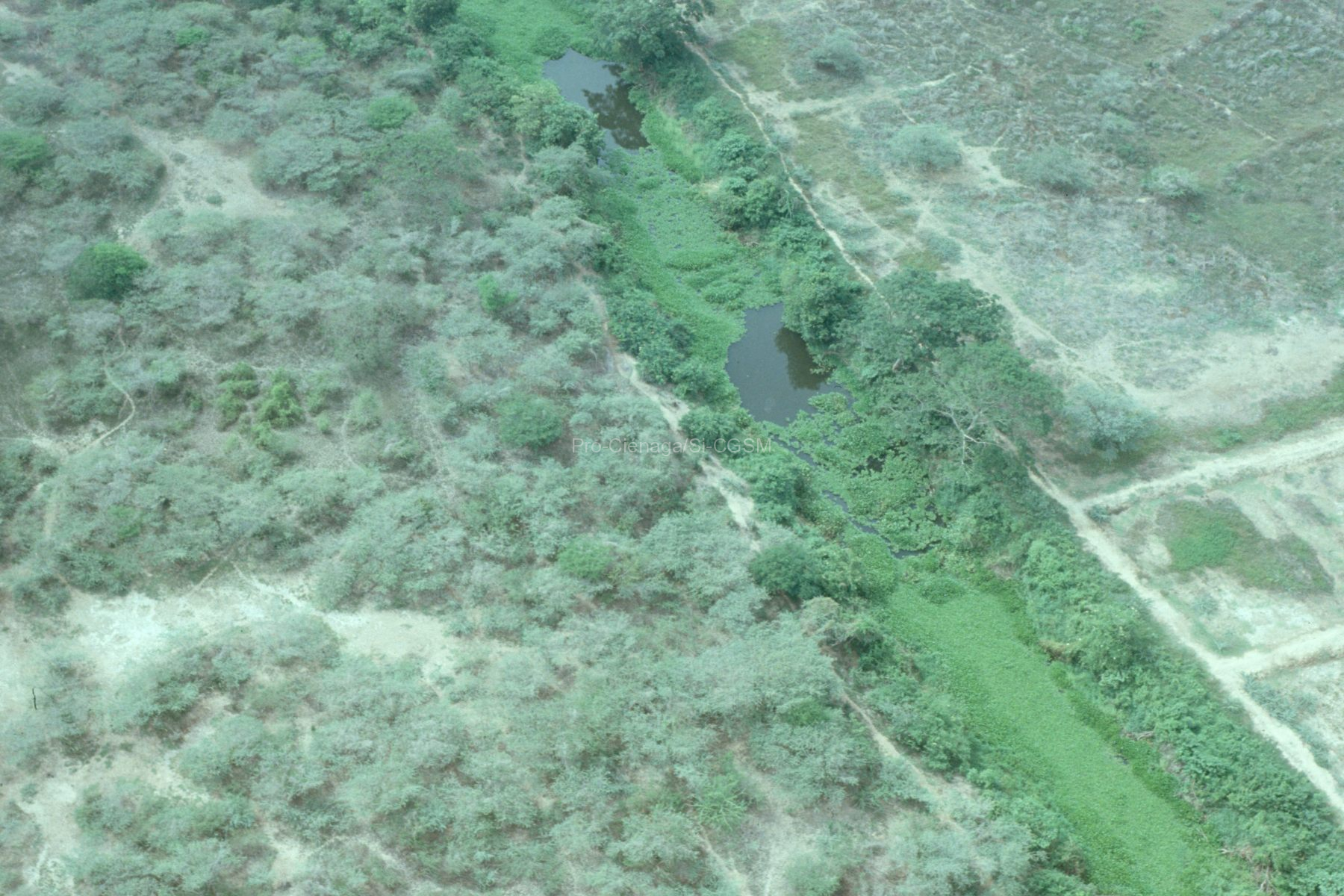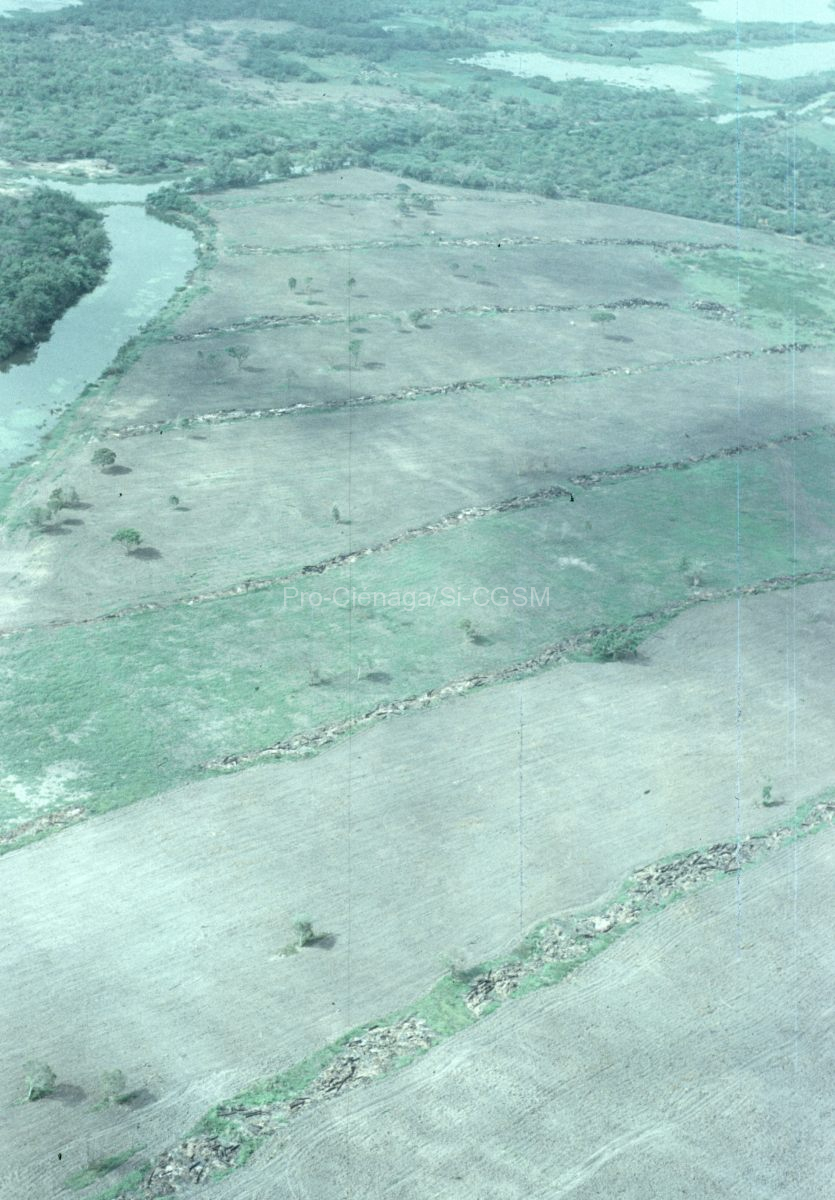https://doi.org/10.1111/j.1461-0248.2008.01244.x
Seasonal fluctuations of plant biomass and photosynthesis are key features of the Earth system because they drive variability of atmospheric CO2, water and nutrient cycling, and food supply to consumers. There is no inventory of phytoplankton seasonal cycles in nearshore coastal ecosystems where forcings from ocean, land and atmosphere intersect. We compiled time series of phytoplankton biomass (chlorophyll a) from 114 estuaries, lagoons, inland seas, bays and shallow coastal waters around the world, and searched for seasonal patterns as common timing and amplitude of monthly variability. The data revealed a broad continuum of seasonal patterns, with large variability across and within ecosystems. This contrasts with annual cycles of terrestrial and oceanic primary producers for which seasonal fluctuations are recurrent and synchronous over large geographic regions. This finding bears on two fundamental ecological questions: (1) how do estuarine and coastal consumers adapt to an irregular and unpredictable food supply, and (2) how can we extract signals of climate change from phytoplankton observations in coastal ecosystems where local-scale processes can mask responses to changing climate?





